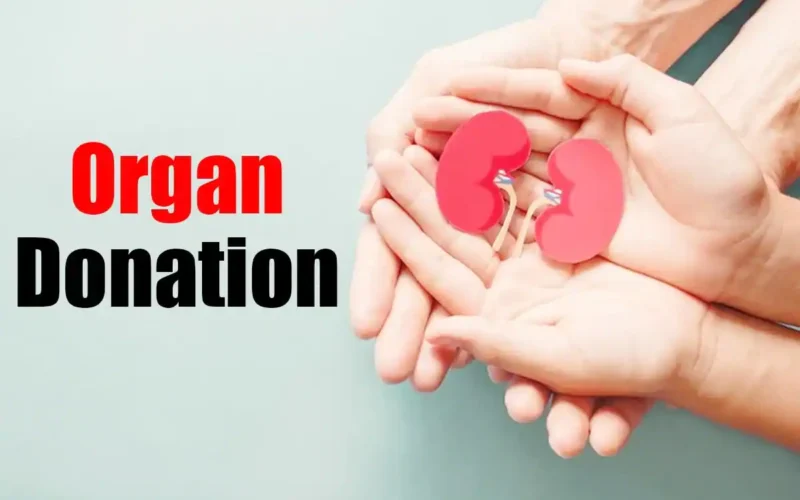Transplants of organs, eyes, and tissues provide those in need a second opportunity at living healthy, successful lives. Every day, transplant patients and their families and friends go about their normal lives thanks to an unsung hero who donated their body. There are various ways to donate organs, eyes, and tissues, and each one gives the thousands of individuals awaiting transplants new hope. Read on for 4 different types of organ donation.
Organ Donation
By transplanting healthy organs from one person into another, organ donation improves the quality of life for the receiver. There are different ways in which a person may qualify to donate their organs: Patients with serious brain damage will undergo a battery of tests to establish their level of brain function before a doctor declares them dead. The patient can give their heart, lungs, liver, kidneys, pancreas, or small intestine to someone on the transplant waiting list if the doctor judges that all brain activity has stopped. The family, aware of their loved one’s desires, can choose to have life-sustaining devices like a ventilator removed after all other options for saving the patient’s life have been tried and the doctors have determined that the patient cannot make a meaningful recovery. Many families decide to allow their loved one to die away gently since they are aware that their loved one did not wish to live in such a condition. In this case, the patient might also be qualified to donate vital organs to people on the waiting list for a life-saving gift.
Tissue Donation
People who desire to contribute may also have the option of donating tissue. Bones, tendons, veins, heart valves, skin, and other tissues can all be donated. The need for donated tissues is continually increasing in the United States, where more than 1 million tissue transplant surgeries are carried out annually. Tissue recovery for transplant recipients is facilitated by our team of highly qualified procurement professionals. An on-site tissue recovery suite or in the hospital, tissues are retrieved. The cutting-edge suite increases efficiency and a variety of upgraded procedures to make the most of the donor’s donation.
Living Donation
When an organ (or part of an organ) is donated while still alive for transplantation into another person, this is known as “living donation.” Living donations can come from a family member or from a person who does not already have an emotional connection to the receiver, such as a neighbor, employee, or someone who learns about it through social media. A genetic match between the donor and recipient is no longer necessary to guarantee a successful transplant because of advances in medicine.
Body Donation
Medical researchers and educators may experiment, learn, and develop new methods that keep getting better and save more lives thanks to the gift of donating your body to science. Every day, body donation has a tremendous impact on medical research, development, and education. The medical professionals who rely on whole-body donations to help create the future of medicine are connected to whole-body donors through MedCure. These contributors and the medical community as a whole have enduring effects on the future of medicine.

